Numbing Creams For Piercings: Safety And Efficacy
Discover if a painless piercing experience is a myth!
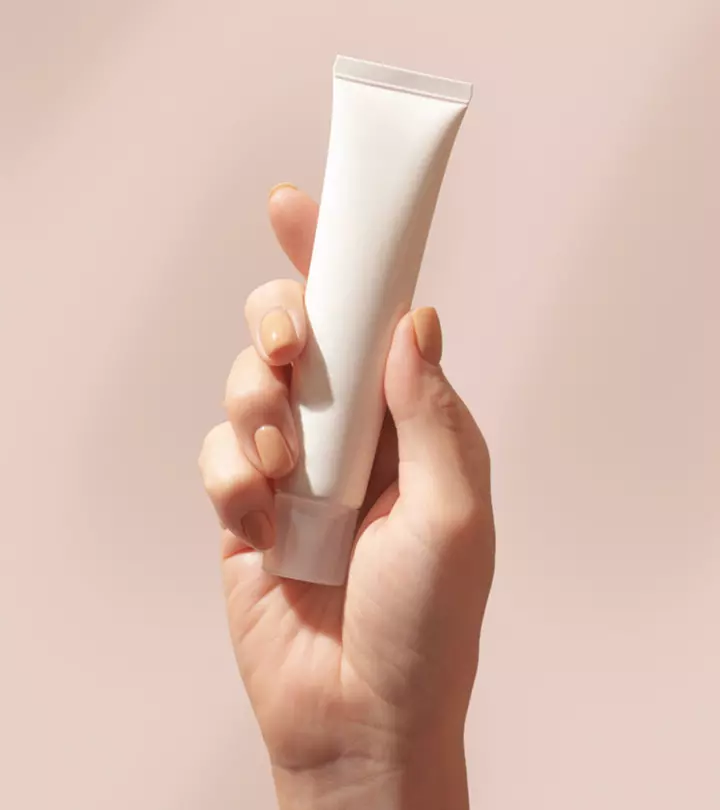
Image: Shutterstock
Do you love the idea of getting a piercing but can’t stand the thought of the pain that comes along with it? Well, numbing cream is here to make your piercing journey a breeze. These creams work as a topical anesthetic that simply dulls the sensation of the skin where it is applied. This cream is a game-changer for anyone who wants to embrace the beauty of body modification without the accompanying sting. So, what are you waiting for? Say ‘goodbye’ to the fear of pain and ‘hello’ to a world of piercings! Scroll down to learn more about numbing creams and their benefits.
In This Article
Numbing Cream And Piercings – Is It Safe?
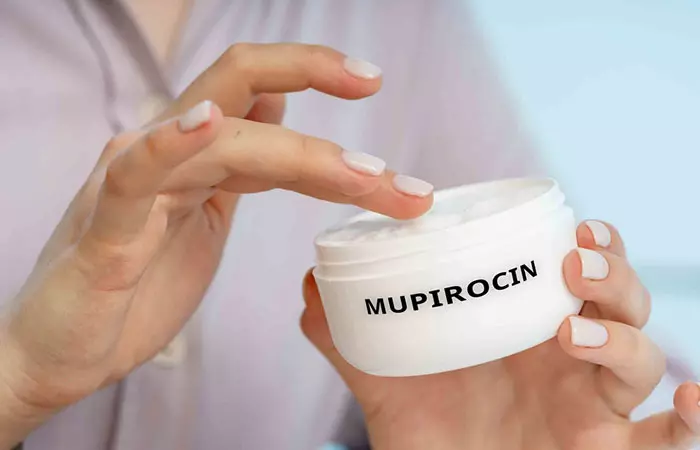
When thinking about getting a body piercing, safety should always come first. Numbing creams contain an active ingredient like lidocaine, which is an effective topical anesthetic working to numb your skin.
It is important to remember that even though numbing agents and anesthetic creams can provide effective pain relief when going for painful piercings, they are not entirely free of risk. Some creams might cause the skin to tighten, potentially leading to a sharp pain and off-placement of the piercing. Also, the numbing only works on the top layer of the skin. So, you will still feel some amount of pain even after using it.
Moreover, numbing products, whether creams or numbing sprays are designed to dull nerve endings and provide adequate pain relief. However, they could mask the painful experience, obscuring the signs of a problematic piercing. Numbing creams could also potentially hide the signs of a poor piercing decision or an allergic reaction because you might not feel it right away. Also, your piercer may not be trained to deal with any rare but severe reactions.
This is where your body piercer’s role becomes important. A piercer can transform a piercing process from a painful experience into an amazing experience and help manage any adverse effects that may arise,
Do not go overboard. Just like anything else, too much cream could lead to some trouble. This stuff is potent, so steer clear of unintended side effects like irritation or, in extreme cases, more serious health concerns.
To put it simply, if you use the cream correctly and know the potential risks, it can be a handy way to make your piercing experience a little less scary. Remember to talk to your piercer or consult a board-certified dermatologist before you use it so you know what to expect.
Many people question why they would choose to use numbing cream before getting a piercing. Ultimately, it comes down to personal comfort and preference. Let us explore the reasons why choosing a numbing agent might just be the soothing companion you need for your next piercing adventure. Keep reading.
Key Takeaways
- Numbing cream eases piercing pain, lowers anxiety before appointments, and minimizes discomfort.
- Apply numbing cream around one hour on the skin before piercing for an optimal numbed state during the procedure.
- Possible side effects include skin irritation and allergic reactions; consult a piercer or doctor if concerned.
- For sensitive skin or allergies, it is key to patch test the numbing cream first and seek advice from a healthcare professional if needed.
Why Should You Use Numbing Cream Before Getting A Piercing?
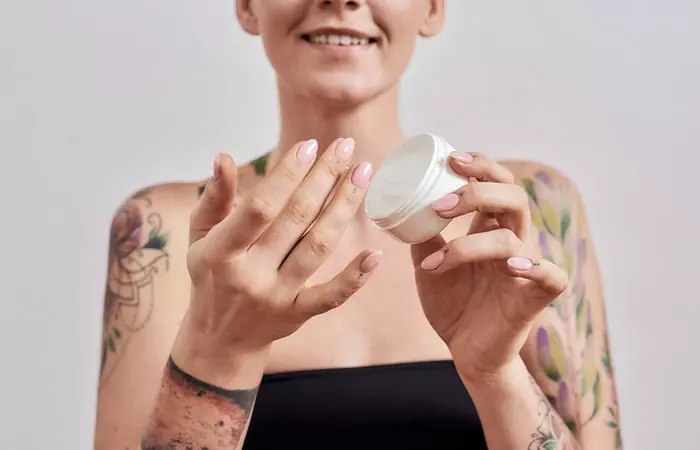
When it comes down to it, deciding to use numbing cream for piercings can be about making the piercing procedure less daunting. Let us break down the reasons to choose numbing cream for piercings:
- Numbing cream acts as a psychological buffer against the fear of pain, making you less anxious about your piercing appointment (1).
- Lidocaine creams may reduce the actual sensation of pain, allowing those with a lower pain tolerance to comfortably receive piercings (2).
- By minimizing discomfort, numbing cream may help you stay relaxed during the procedure, which can help the piercer work with greater precision.
- Without the distraction of pain, you can enjoy the process and anticipation of your new piercing.
- A relaxed and positive piercing experience without the stress of pain can contribute to better and potentially quicker healing.
- If you are getting more than one piercing in a session, numbing cream can make the process viable by keeping you comfortable throughout.
- It is especially beneficial when tackling notoriously painful spots so you do not reach your pain threshold prematurely.
 Did You Know?
Did You Know?Choosing a numbing cream for piercings, therefore, could make a real difference in your piercing journey, opening the door to a smoother and more enjoyable experience. Once you decide that a serene and bearable piercing adventure is for you, the next step is understanding how to use the numbing cream correctly. In the next section, let us learn how to apply it effectively to ensure the best results for your upcoming piercing session.
How To Use Numbing Cream For A Piercing

When you are gearing up for a piercing and have opted to use numbing cream for piercings to ease the process, understanding the correct application method is key to its effectiveness. Here is a step-by-step on how to use numbing cream for piercings:
- Thoroughly clean the area where you plan to get the piercing. A clean surface ensures that the numbing cream adheres well and does its job effectively.
- Take a good amount of numbing cream and apply it evenly across the entire area that will be worked on.
- Gently but firmly massage it into your skin until it is fully absorbed, ensuring deep and even coverage.
- Cover the area with plastic wrap. This helps keep the cream moist and also warms it up a bit, which can make it more effective.
- Be patient as it may not start working immediately after application. Let the cream sit for some time. This depends on the product you choose to use. So, read the instructions thoroughly. This duration allows the numbing agents to fully sink into the skin and start working.
- When it is almost time for your piercing, gently remove the plastic wrap and use a clean paper towel or tissue to wipe off any leftover cream.
Following these steps can help you achieve a numbed state, making your piercing experience more comfortable. Remember, the effectiveness can vary from person to person, so it is good to test and see how the cream works for you beforehand.
Beyond the application process, understanding where it can be used can help your piercing experience. Not all body parts react the same way, and not all piercings provoke an equal measure of discomfort. Understanding where numbing cream can be applied is essential to make the most out of it. Check out the next section to find out which areas of the body can benefit from using numbing cream to reduce pain.
Where Can You Use Numbing Cream?
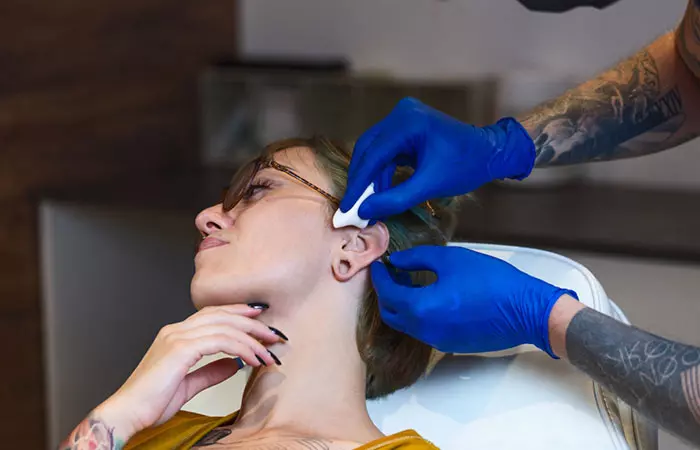
Numbing cream is quite versatile. You can apply it on several body parts with varying sensitivity levels. Take a look at them below:
- Earlobes: Ideal for those first-time piercings or adding more. Numbing cream can cut down the sharp pinch that comes with it.
- Cartilage: Among the more sensitive areas due to the density of the tissue, numbing cream can help ease the discomfort associated with cartilage piercings such as conch piercing in areas like the helix or tragus.
- Nostrils: This part of the body can be quite sensitive due to nerve endings; numbing cream ensures a less tearful experience.
- Eyebrows: Despite being a more fleshy area, eyebrow piercings can still be smart. Numbing cream can lessen that sensation significantly.
- Belly Button: Known for its slow healing and susceptibility to irritation, the numbing cream here can make for a smoother piercing process.
- Nipples: This particularly sensitive area can greatly benefit from numbing cream, making a potentially intense piercing more tolerable.
- Lips: Be it a Monroe or labret, numbing cream can help mitigate the acute pain while the piercer works on your pout. But make sure you use the cream on the exterior only.
- Septum: This tricky spot could induce eyes watering from more than just the discomfort. Numbing cream can reduce that reflex.
- Dermal Piercings: The intricate process for dermal piercings merits a special mention, with numbing cream potentially aiding in easing the sensation.
When reaching for numbing cream for any piercing venture, always double-check that it is suitable for use in the intended area and verify the timing of application for the best results.
 Trivia
TriviaNow that we have established the versatility of numbing cream, the next crucial step is to select the right product for your needs. Not all creams are created equal, and it is important to pick one that offers effectiveness as well as safety. Read the next section to find out the key considerations in choosing the best numbing cream for your piercings, ensuring your next experience is as comfortable as possible.
How To Choose The Best Numbing Cream For A Piercing

Selecting the best numbing cream for piercings is essential to ensure your comfort without compromising safety. Here’s how to choose the best numbing cream for piercings:
- Check Active Ingredients: Look for creams with a 4-5% concentration of lidocaine, which is an effective numbing agent for managing piercing pain (4).
- Seek FDA Approval: Opt for a numbing cream that is FDA-approved or meets similar health and safety standards, ensuring its safety and effectiveness.
- Formulas: If you are against animal testing, look for a vegan and plant-based formula. You can choose between a creamy, water-based formula or oil-free formula.
- Natural Ingredients: A cream that includes skin soothers like aloe vera may provide additional comfort and help moisturize and soften the skin post-piercing (5).
- Read Reviews: Explore feedback user from others and seek out product recommendations from piercing professionals, as they often have first-hand experience with which creams yield the best results. Remember expensive options aren’t always the best ones.
- Specific To Piercings: Confirm that the cream is designed specifically for numbing piercing-related pain, as products formulated for other purposes may not give you the same numbing effects or the safety profile necessary for piercings.
Following these points will help guide you to a top-choice numbing cream for piercings—one that will effectively give relief from discomfort and make for a more positive piercing experience.
Numbing cream can help you approach the art of body modification with significantly reduced apprehension about pain.But you need to know how to apply it correctly, where it is most effective, and selecting the right formula to ensure your safety and achieve the best results. Take the time to understand your options, seek professional advice, and give yourself peace of mind on the day of your piercing. Remember, the goal is to enhance your piercing experience so that it is defined by excitement, not discomfort. With the right numbing cream and a skillful piercer, you are set for a smoother journey to expressing your style through piercings.
Frequently Asked Questions
Are numbing creams suitable for all types of piercings?
Numbing creams can be used for many piercings but their effectiveness varies depending on the location and type of piercing. Always consult with a professional piercer before using any numbing products.
How long does the numbing effect last?
The numbing effect typically lasts often up to one hour after application, but it may vary based on the specific product and individual factors.
Is numbing cream available over the counter, or do I need a prescription?
Numbing cream can usually be purchased over the counter with products formulated for minor medical or cosmetic procedures, including piercings.
Is it safe to use numbing cream if I have allergies or sensitive skin?
No. If you have allergies or sensitive skin, it is particularly important to choose a numbing cream formulated for sensitive skin, to do a patch test ahead of use, and, if you are unsure, consult a healthcare provider before application.
Numbing creams work like magic when applied correctly. Learn how to apply the numbing agent in the right way with the help of this informative video. Check it out below.
References
Articles on StyleCraze are backed by verified information from peer-reviewed and academic research papers, reputed organizations, research institutions, and medical associations to ensure accuracy and relevance. Read our editorial policy to learn more.
- Reduction of Pain and Anxiety Prior to Botulinum Toxin Injections With a New Topical Anesthetic Method
https://journals.lww.com/op-rs/abstract/2009/05000/reduction_of_pain_and_anxiety_prior_to_botulinum.2.aspx - Lidocaine
https://www.ncbi.nlm.nih.gov/books/NBK539881/ - Sunburn
https://www.ncbi.nlm.nih.gov/books/NBK534837/ - Efficacy of Lidocaine Topical Solution in Reducing Discomfort Reaction of Horses to Intramuscular Vaccination
https://www.mdpi.com/2076-2615/12/13/1659 - ALOE VERA: A SHORT REVIEW
https://www.ncbi.nlm.nih.gov/pmc/articles/PMC2763764/
Read full bio of Eve Phillips
Read full bio of Aparna Harry
Read full bio of Asmita De
Read full bio of Vaishali Sinha






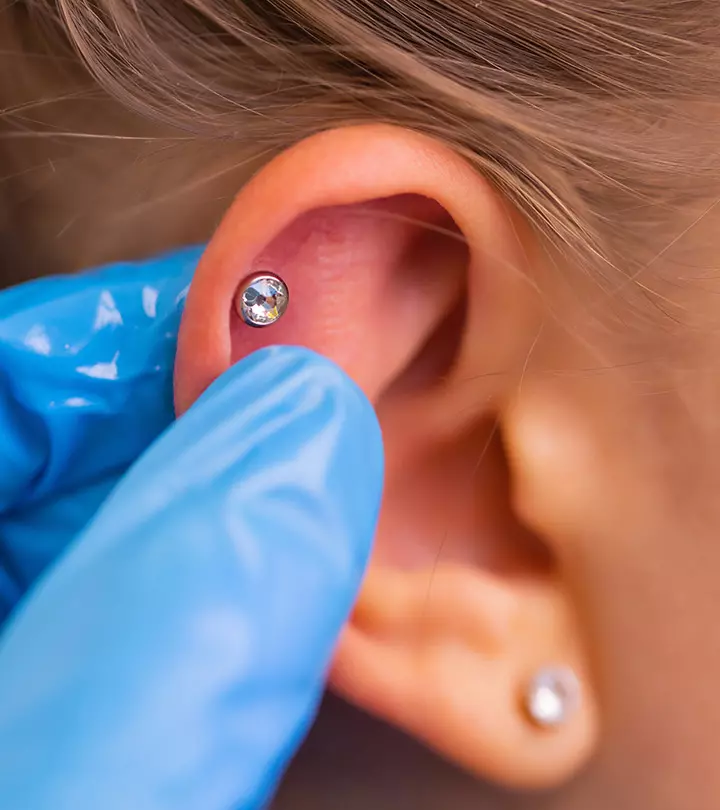
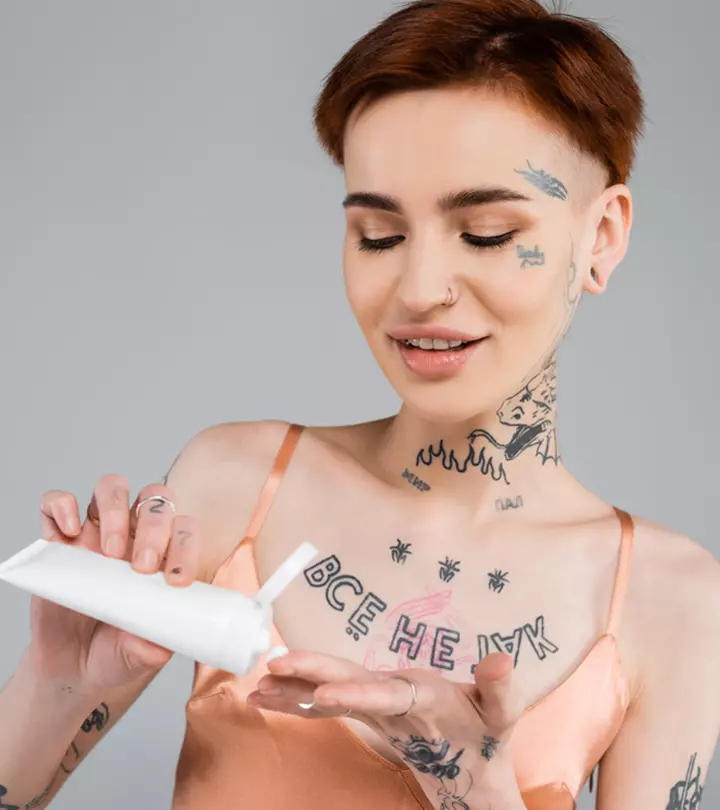
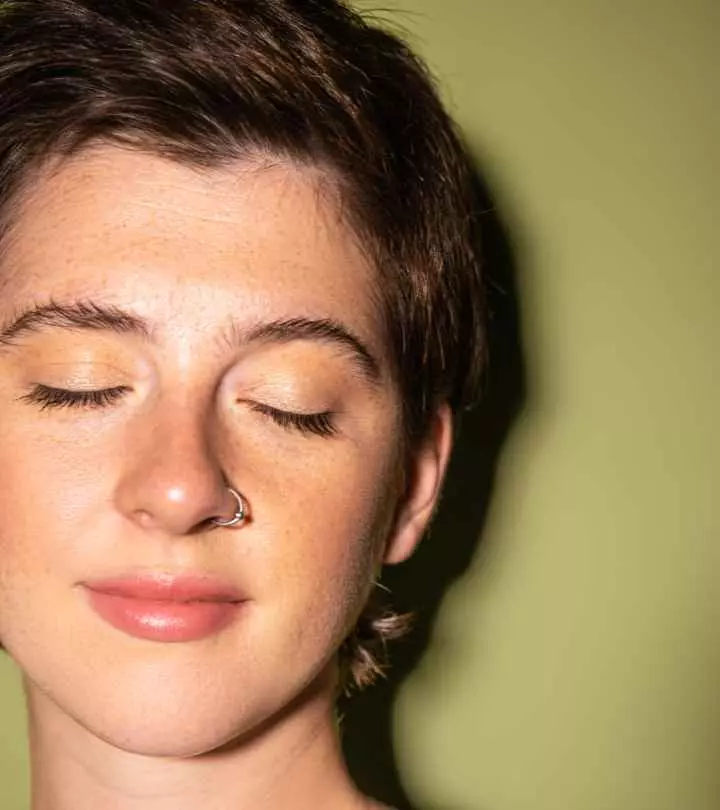
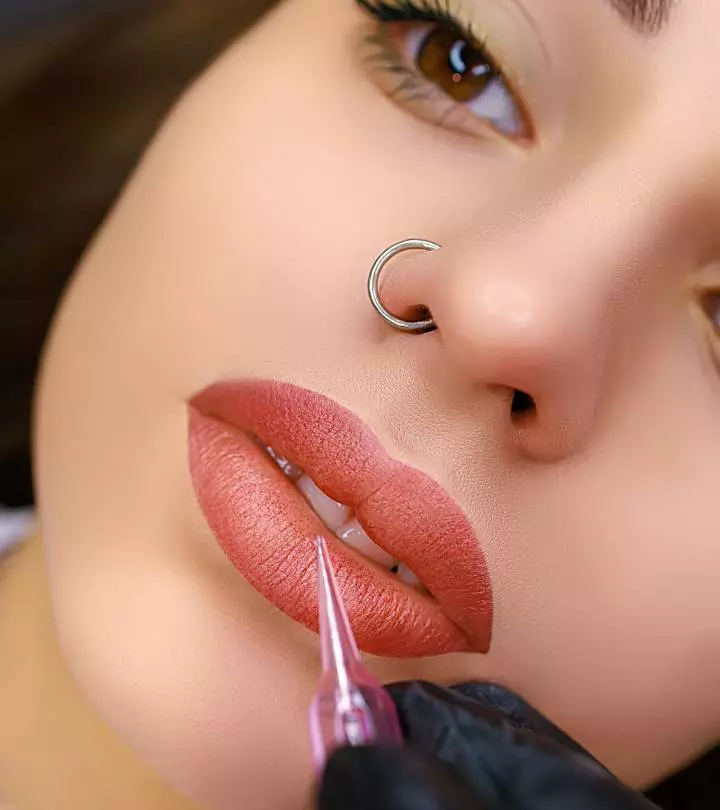
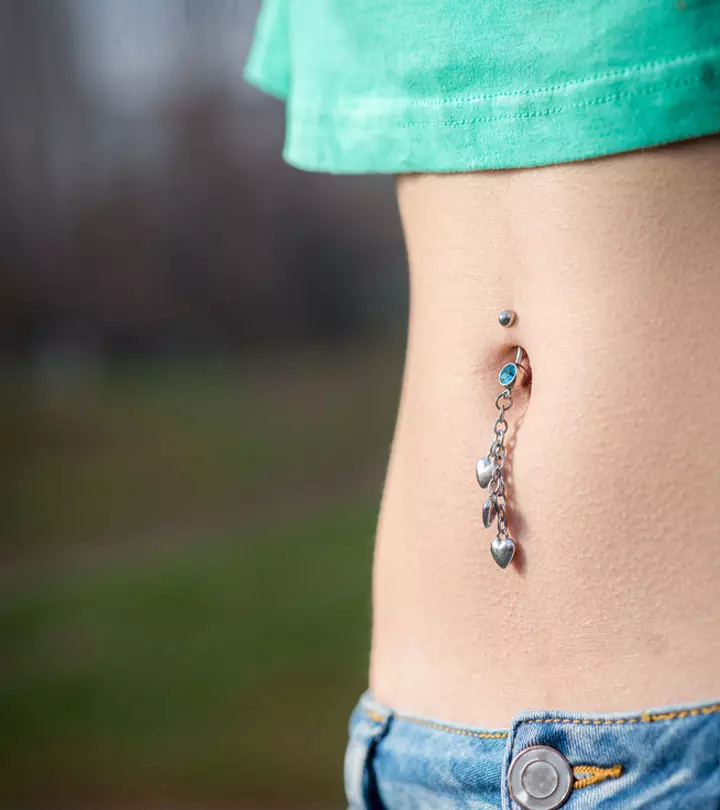

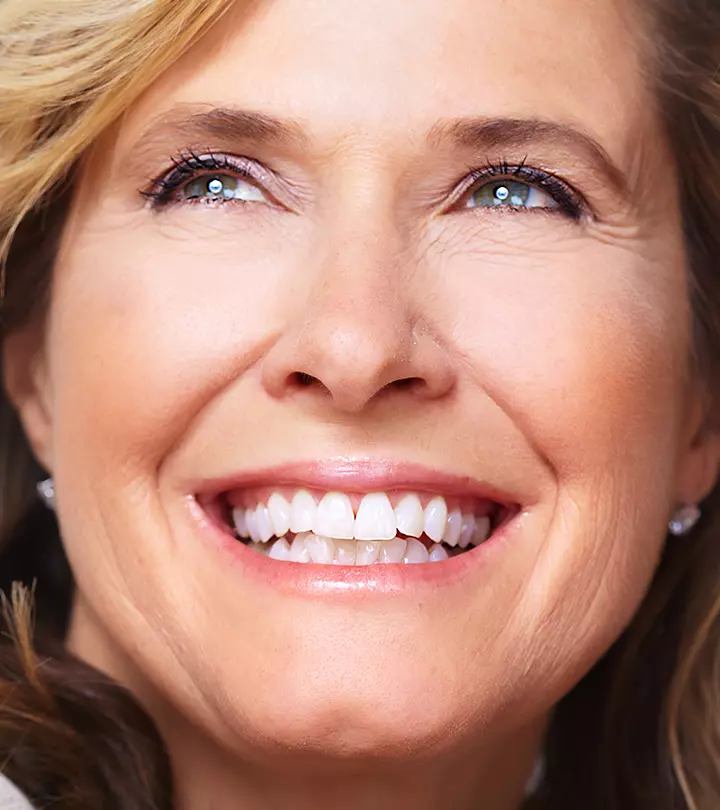

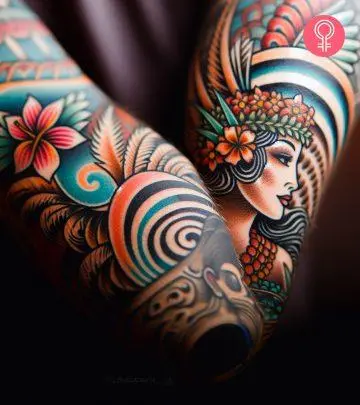


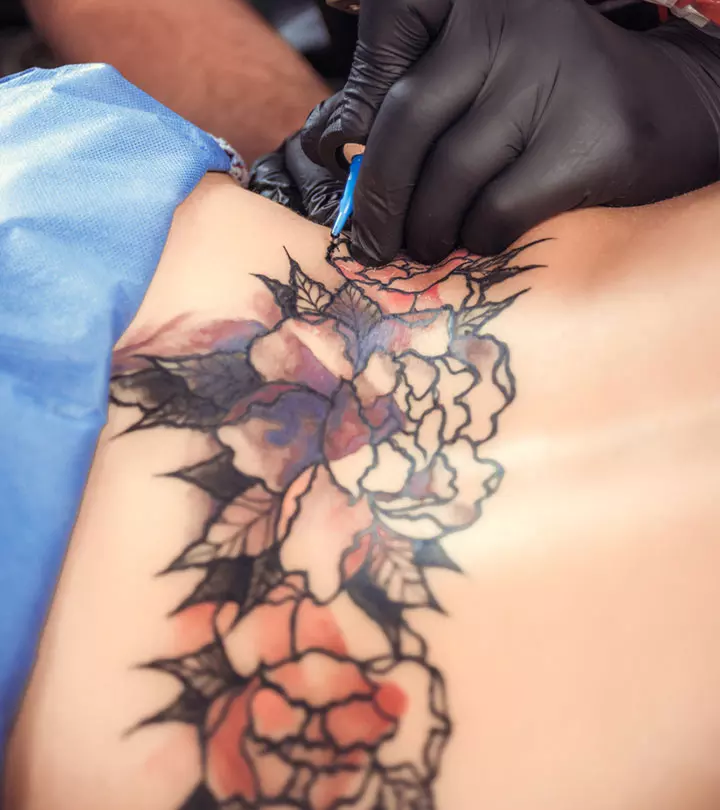
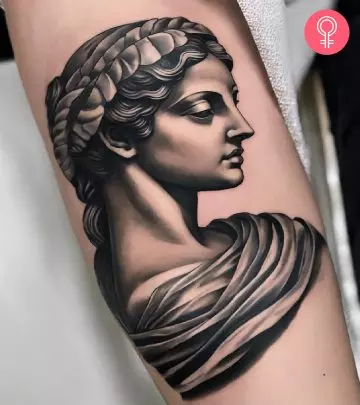
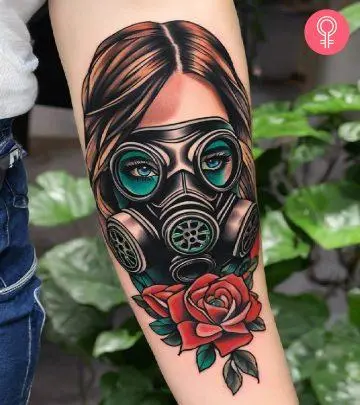
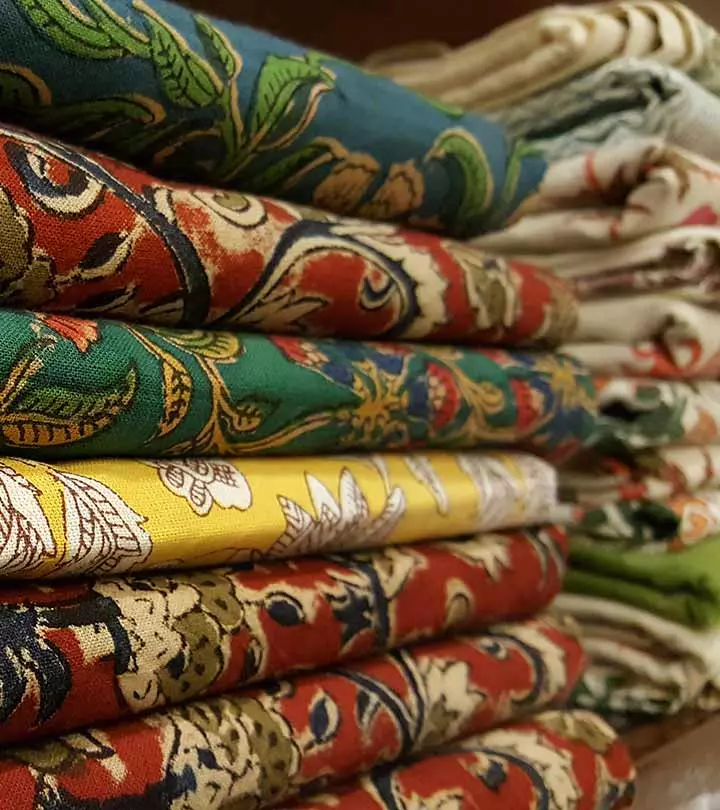
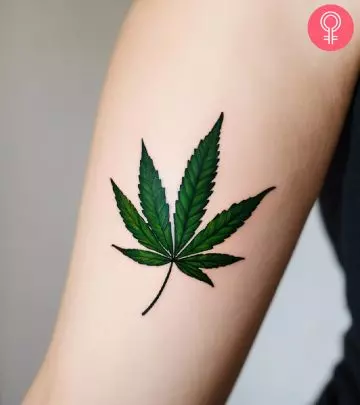
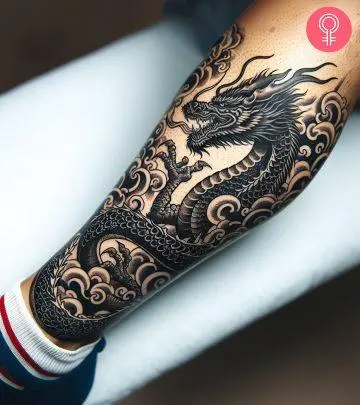
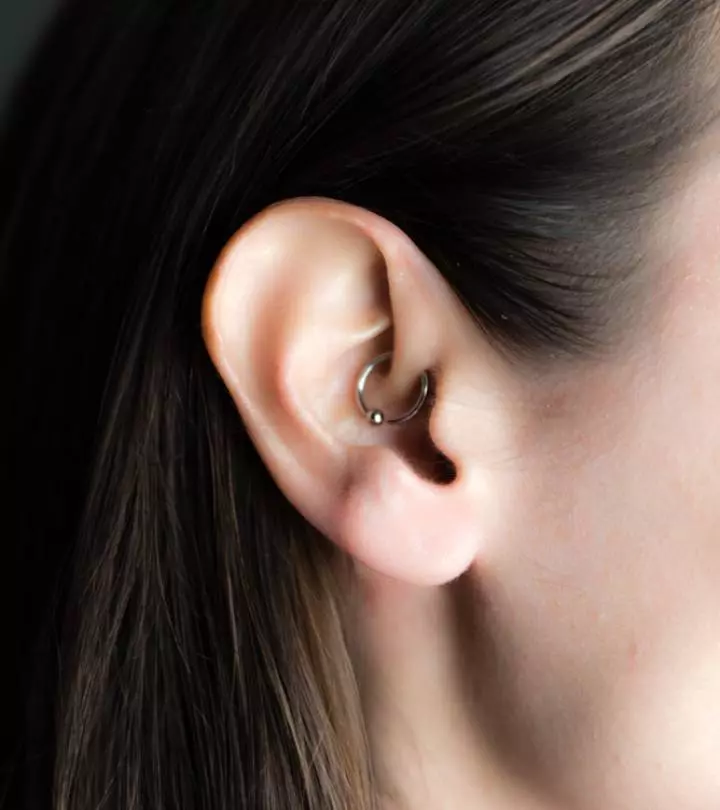
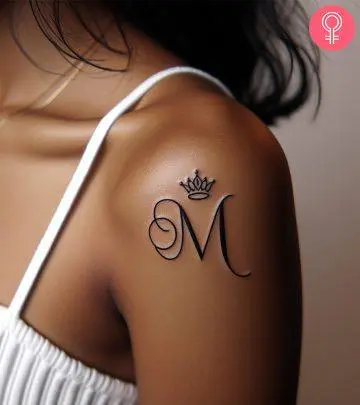
Community Experiences
Join the conversation and become a part of our empowering community! Share your stories, experiences, and insights to connect with other beauty, lifestyle, and health enthusiasts.